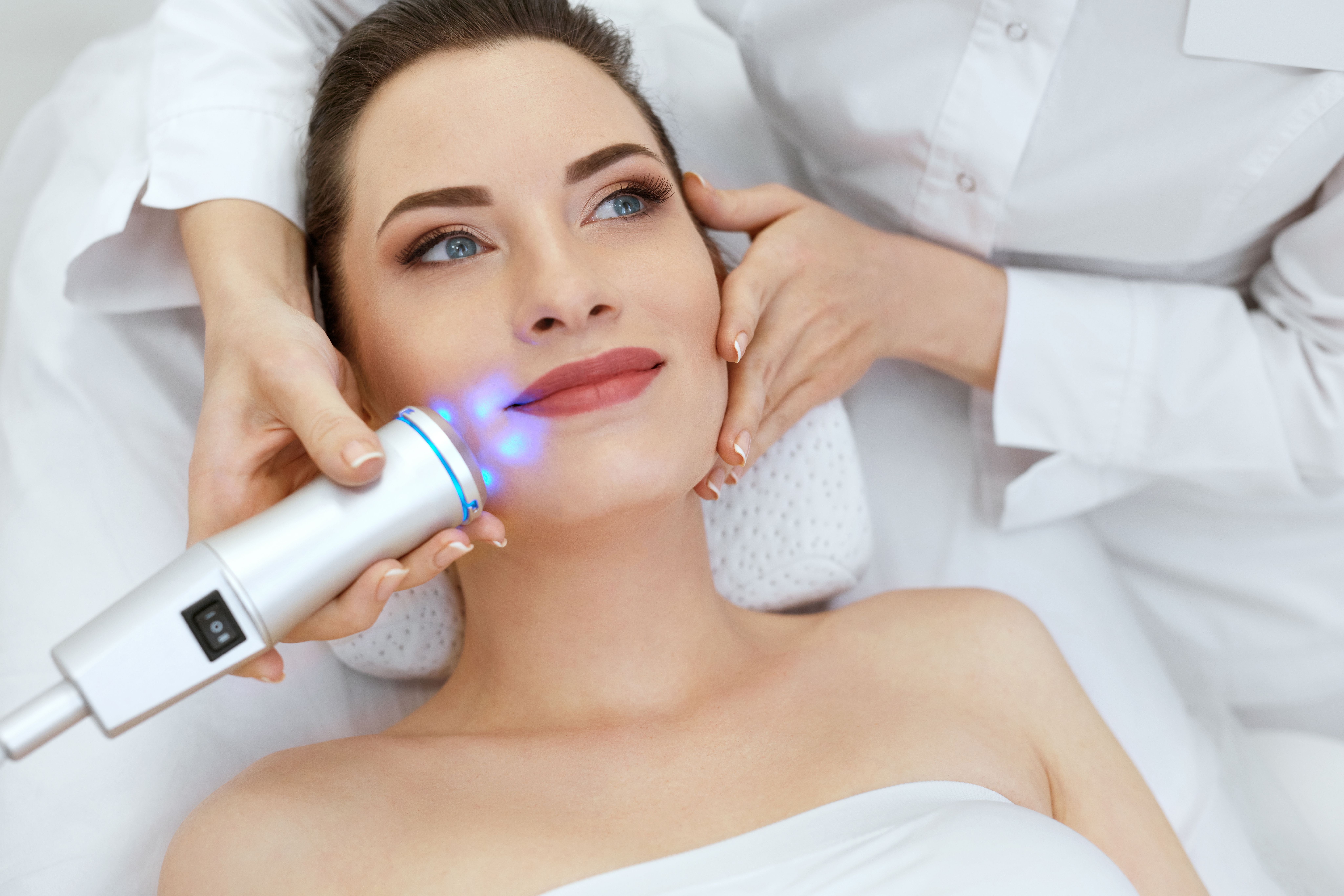Use of visible, full-body blue light irradiation was efficacious in lowering IL-31 levels and reducing itch among patients in patients with atopic dermatitis (AD), the treatment did not improve any objective measures of AD, according to a recent study.1
Study authors Buhl et al cited previous research exploring the promise of visible blue light (wavelength 400-495 nm) in the treatment of dermatologic conditions such as AD and psoriasis. However, they note that none of these interventions challenged objective clinical criteria of AD.
The AD-Blue study, an international, prospective, double-blinded, randomized, sham-controlled trial sought to explore the efficacy and safety of prototype full-body blue light devices among patients diagnosed with AD.
“To the best of our knowledge, there are no blinded sham-controlled prospective studies that address the safety and efficacy of full-body blue light devices as a treatment for AD,” study authors wrote.
Key Takeaways
- Full-body blue light irradiation was effective in reducing itch (pruritus) among patients with atopic dermatitis (AD), but it did not lead to improvements in objective measures of AD.
- Further research is needed to determine optimal dosages and long-term safety and explore its potential use for other skin conditions with itching.
Eighty-seven patients were included in the study, all of whom were between the ages of 18 and 75 years old, had a Body Mass Index between 18 and 35, and who had previously received an AD diagnosis using United Kingdom diagnosis criteria. Any prospective patients with a current or previous history of severe disease unrelated to AD, photosensitivity or other defined increased sensitivities to light, a past or present diagnosis of invasive skin cancer, were excluded from participation, among other exclusion criteria.
At a baseline visit, average disease activity was classified as mild to moderate using the Eczema Area and Severity Index (EASI), SCORing Atopic Dermatitis (SCORAD), and Investigator’s Global Assessment (IGA). On average, patients reported the presence of moderate pruritus with the Itch Visual Analog Scale (Itch-VAS). Additionally, patients had an average moderate impairment to health-related quality of life in accordance with the Dermatology Life Quality Index (DLQI).
Patients were randomized to 1 of 3 treatment groups. Patients in groups 1 and 2 were treated with 30 minutes of visible blue light irradiation, while patients in group 3 were treated with sham irradiation. All patients underwent 3 treatment sessions per week for a total of 8 weeks. Patients completed a follow-up visit 4 weeks after the final treatment.
After 8 weeks of treatment, investigators found that there were no significant changes in EASI scores in any of the treatment groups. While there was a slight decrease noted from baseline to end of treatment in average SCORAD and IGA values, these differences were not significantly different when comparing treatment groups 1 and 2 versus the sham irradiation treatment group. The same was true for health-related quality of life and DLQI scoring.
However, treatment with 450 nm blue light achieved statistically significant reductions in Itch-VAS from baseline to end of treatment. This was not observed in either the sham irradiation or other blue light treatment group (415 nm).
On average, adverse events were equally reported among all 3 treatment groups (approximately 53%), though94.9% of events were deemed unrelated to treatment. The most common adverse events associated with treatment included mild thermal discomfort, mild itch, and device-related adverse events.
Study limitations included a limited number of participants and inconsistencies in the number of irradiation sessions attended by some patients. This data was not intended to reflect long-term adverse effects of blue light irradiation in AD, investigators noted.
“Our findings revealed that whilst full-body blue light irradiation administered as described did not result in significant improvements in objective signs of AD, it did yield significant and clinically important reductions in pruritus with a favorable safety profile. Thus, blue light irradiation warrants further research before clinical application,” study authors wrote. "Given the observed antipruritic effect, it may also be worthwhile to consider the use of blue light therapy as a treatment for other skin conditions such as prurigo nodularis. Additional high-quality studies will be needed to determine the optimal dosage strategy for blue light therapy, assess its long-term safety profile, and investigate its efficacy as a treatment for other pruritic dermatoses.”
Reference
- Buhl T, Santibanez Santana M, Forkel S, et al. Full-body blue light irradiation as treatment for atopic dermatitis: a randomized sham-controlled clinical trial (AD-Blue) [published online ahead of print, 2023 Oct 9]. J Dtsch Dermatol Ges. 2023;10.1111/ddg.15211. doi:10.1111/ddg.15211










